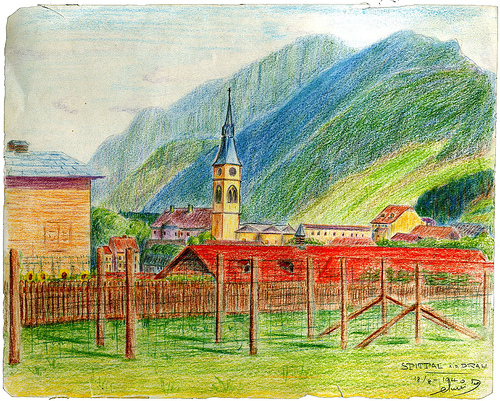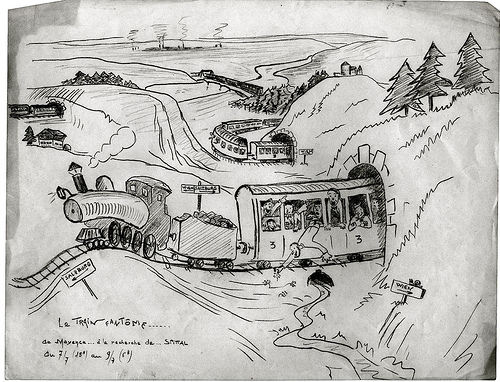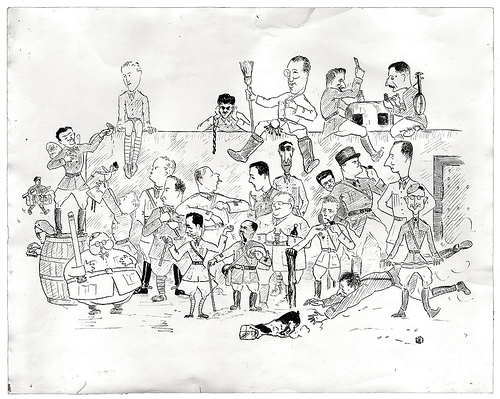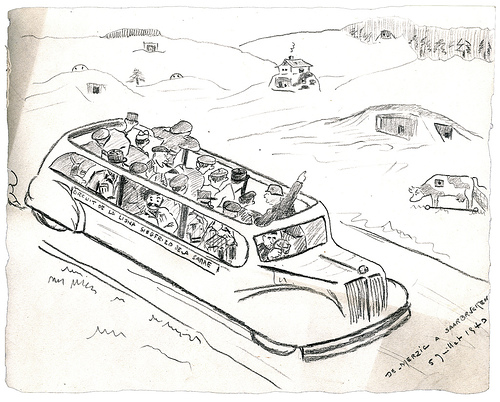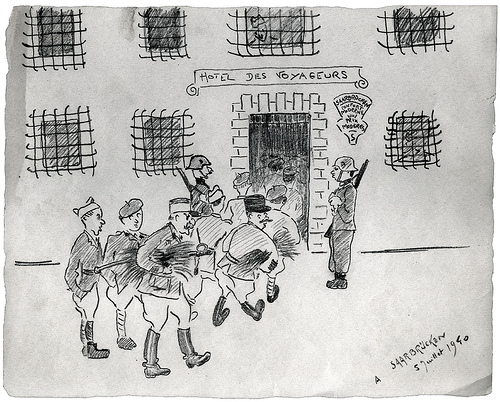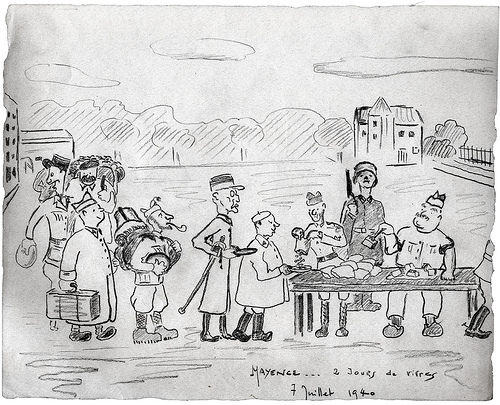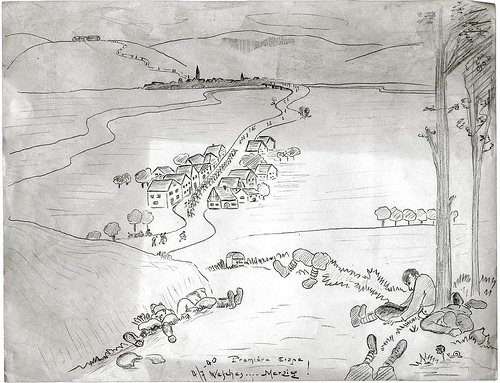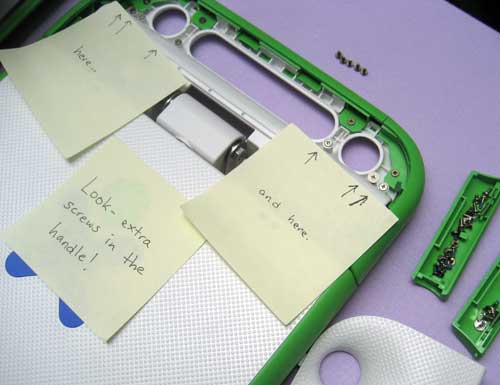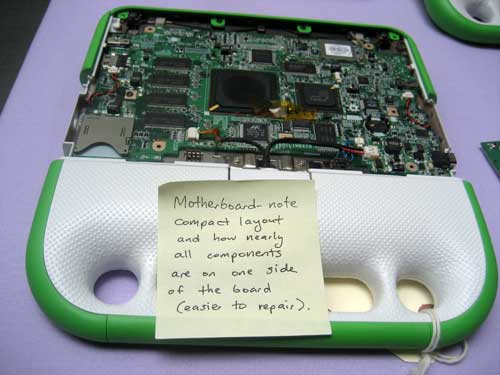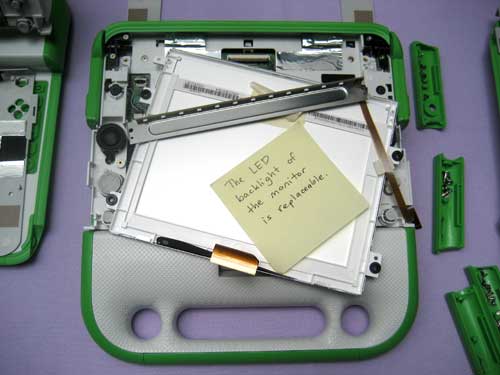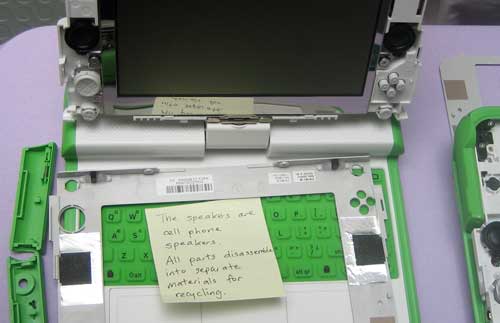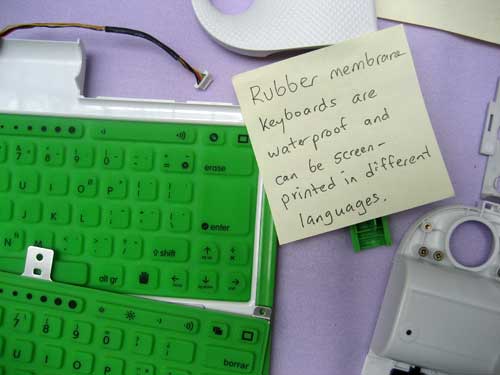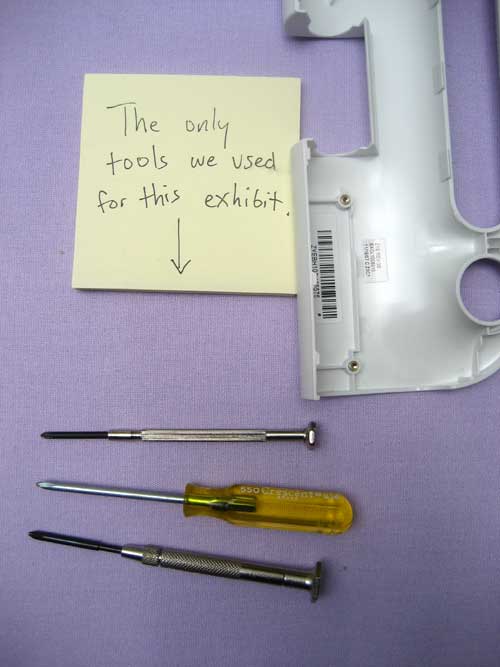In a rare personal post, I would like to make this holiday statement into a memorial for my grandfather Rene Schneider (1910-2003) who was born in Lorraine and twice invaded during his life time. The second time, he was invited to a POW camp in Austria and documented the experience in these whimsical cartoons drawn on-site. There is a lot more to tell, but perhaps the best way is through these images drawn during his imprisonment in 1941 in Spittal.
design for durability
The OLPC has driven important innovations in open software, hardware, universal design and environmental sustainability in order to be cheap and durable enough for widespread use in developing countries. At this week’s unveiling of new designs for second-generation laptops, I spotted this interesting exhibit on the design touches that make the OLPC stand out in terms of durability and do-it-ourself repairability, which like the sunlight-readable displays should trickle their way up into consumer designs. Among the most notable elements highlighted in this post-it exhibit: there are extra screws inside the hollow carrying handle which can be used to replace lost ones along the product’s long life-cycle (above). The motherboard is easily accessed and all of its components are on one side, making them easier to replace (below).
The LED backlight and the speakers are all user-replaceable and standard components which could be used for other projects (above), while the keyboard is waterproof and easily converted for different languages and alphabets (below).
Finally, the most important element to ensuring a long and productive life for these globe trekkers of consumer electronics: the entire laptop can be disassembled and reassembled using only these tools:
open threads 3
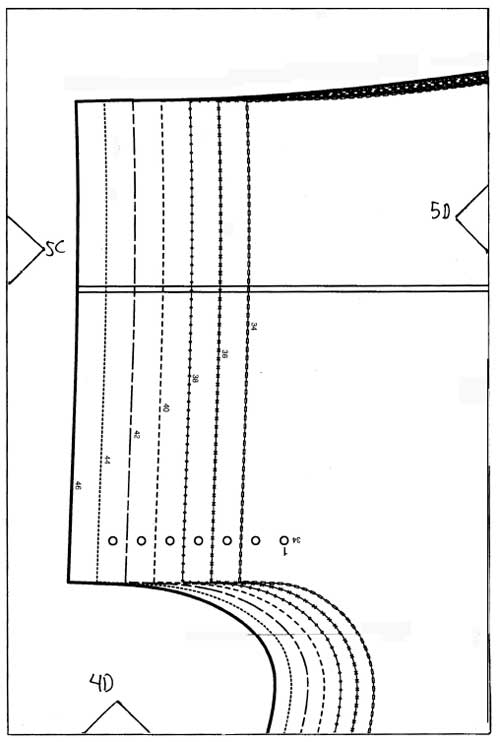
Burdastyle is an open-source sewing resource where members upload patterns and visitors can consult instructional references (below) or download pdf patterns (above). By providing instructions for how to sew at the same time as open source ‘code’ for what to sew the site is a real open source free fashion resource. As with free software, it would be interesting to see how clothing for specialized applications (work clothes, uniforms) could be generated by ‘users’ who are more familiar with the needs of unique populations that traditional ‘designers.’
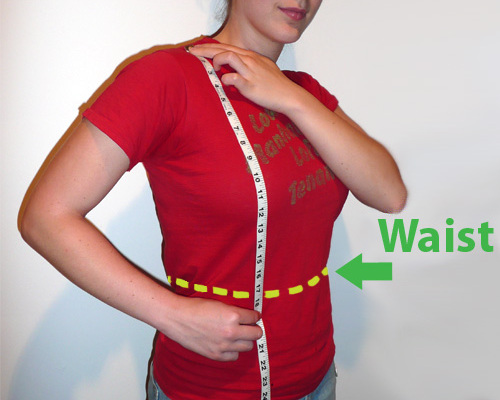
open threads 2
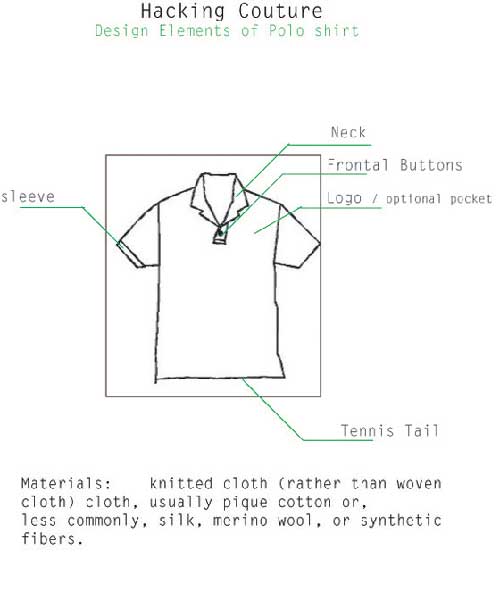
The concept of making source code Open Source typically refers to opaque products whose construction cannot be discerned from their appearance – but even seemingly transparent products, such as buildings or clothes, hide a code of their own. The project Hacking Couture seeks out the hidden aesthetic code and its history in order to liberate fashion designers (and fashion wearers) to literally hack apart their textiles and re-arrange them according to taste/skill. This is an interesting proposition which could pave the way to a return to widespread up-cycling in the style of william good. The next step would be to make sewing as easy to learn and practice as coding has become in the age of the internet.
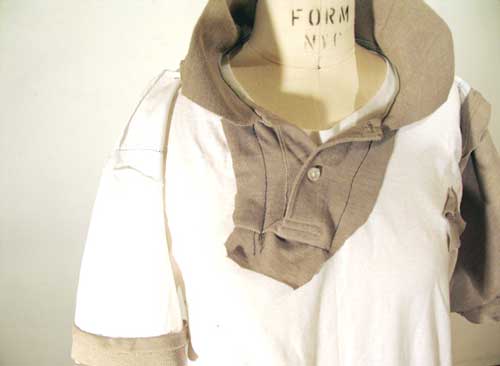
public objects

‘Products of Service‘ are an alternative to cradle-to-grave life cycles where consumers only temporarily rent goods from manufacturers so that their valuable components can be directly re-used. In lieu of such enlightened manufacturing practices, a social network has been introduced where anyone can rent out their own possessions to reduce waste: Zilok is a Zipcar for everything. You sign up to rent out your private possessions and locate them on a map of everyone’s shareable resources. The practice of renting encourages higher-quality products, so the tools you will find are often contractor-grade, available to rent at a fraction of the price of the crappy drill you would buy and use only once or twice.
touch map 2
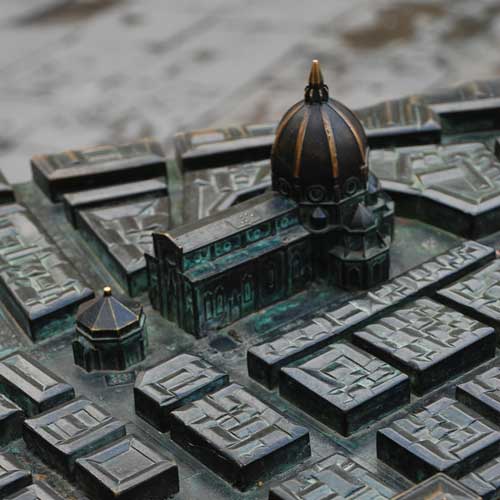
Another beautiful bronze map in Braille – this time in my favorite city (Firenze), in the middle of Piazza Repubblica, a large cast map of the city center with tactile labels on monuments and ridges on the river to indicate the direction of the current. More on Flickr.
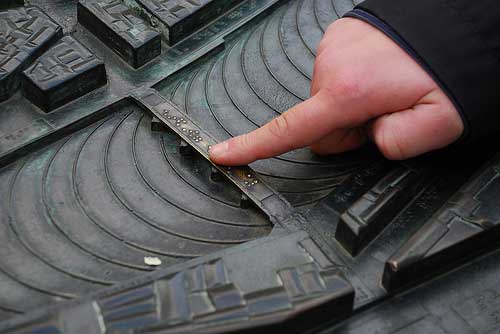
phone-maker
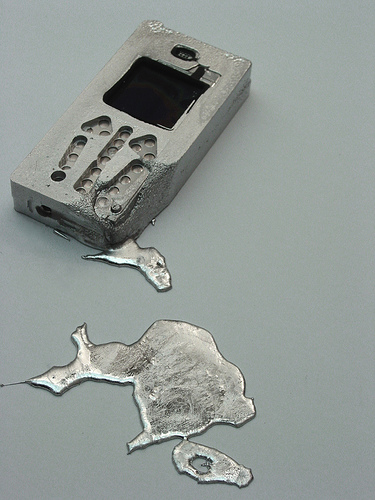
The brilliant Schulze & Webb have done it again with the Metal Phone, a completely recyclable cell phone enclosure developed for Nokia. The project is a complete cradle-to-cradle life cycle process: a cell phone encased in a lead alloy (ok, solder) can be disassembled and melted down to be re-cast into a new cell phone in an injection molding machine (below). As for recyclability, it’s ideal: a material that retains its quality through repeated, theoretically infinite life cycles. As for toxics, it could use a little help…

open wide
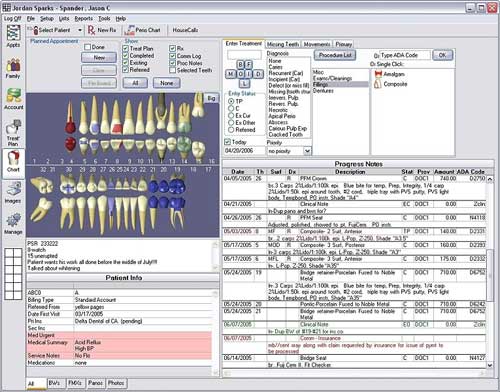
As Mako Hill argued in his presentation at CHI 2008, the best software is made by users and not by designers. The best examples are targeted applications made for niche applications, such as odontolinux, a free and open dental office management software based on Debian. Together with Open Dental (pictured), another open-source (but not free) dental office management program, this points the way towards democratization of the medical institution, from greater access to medical information to the increased accessibility of the software that manages our health.
